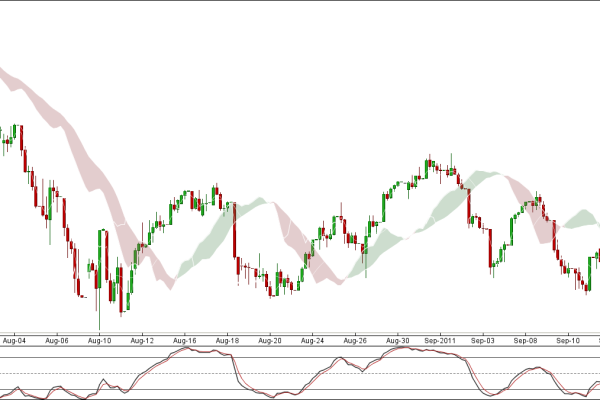
For traders looking to navigate the complexities of the financial markets, mastering the art of analyzing the Banknifty Chart is crucial. The Bank Nifty index, which represents the top banking sector stocks in India, is a popular choice among traders, especially those engaged in the Futures and Options (F&O) segment. By understanding how to read and interpret the Banknifty Chart, traders can make informed decisions, optimize their strategies, and potentially increase their profits. Additionally, having a well-curated F&O Stock List that complements your Banknifty trades can further enhance your trading performance.
Understanding the Basics of the Banknifty Chart
The Banknifty Chart is a graphical representation of the price movements of the Banknifty index over a specific period. It provides traders with essential insights into the market’s direction, volatility, and overall sentiment. Whether you’re a beginner or an experienced trader, understanding the various components of the Banknifty Chart is key to making informed trading decisions. The chart typically includes price data in the form of candlesticks, volume indicators, and moving averages, among other technical tools. Integrating these tools with a robust F&O Stock List ensures that your trading decisions are well-rounded and data-driven.
Key Indicators in the Banknifty Chart
When analyzing the Banknifty Chart, several key indicators can help traders identify potential trading opportunities:

- Moving Averages: Moving averages are used to smooth out price data and identify trends. They can be simple moving averages (SMA) or exponential moving averages (EMA). By comparing the current price with the moving average, traders can determine the strength and direction of the trend. Integrating this analysis with an F&O Stock List allows traders to apply the same principles to individual stocks within the F&O segment.
- Relative Strength Index (RSI): RSI is a momentum oscillator that measures the speed and change of price movements. It ranges from 0 to 100 and helps identify overbought or oversold conditions in the Banknifty Chart. Combining RSI insights with your F&O Stock List can help you spot potential reversal points in both the index and individual F&O stocks.
- Bollinger Bands: Bollinger Bands consist of a middle band (usually a moving average) and two outer bands that represent standard deviations. They help traders assess the volatility of the Banknifty Chart. When the bands widen, it indicates higher volatility, while narrowing bands suggest lower volatility. Using Bollinger Bands in conjunction with an F&O Stock List can aid in timing your entries and exits in both the index and selected stocks.
Crafting a Complementary F&O Stock List
Having a well-curated F&O Stock List is essential for traders who focus on the Banknifty index. The stocks in your list should have a strong correlation with the Banknifty’s movements, ensuring that your trades are aligned with the overall market trend. Additionally, your F&O Stock List should include stocks with high liquidity and volatility, as these characteristics are crucial for successful trading in the F&O segment.
Conclusion
Decoding the Banknifty Chart is an essential skill for traders aiming to succeed in the financial markets. By mastering the use of key indicators and integrating a well-researched F&O Stock List, traders can enhance their decision-making process and increase their chances of success. Whether you’re trend following, trading breakouts, or employing mean reversion strategies, understanding the relationship between the Banknifty and F&O stocks is crucial for profitable trading.
